Search
Remove Ads
Advertisement
Summary 
Loading AI-generated summary based on World History Encyclopedia articles ...
Search Results
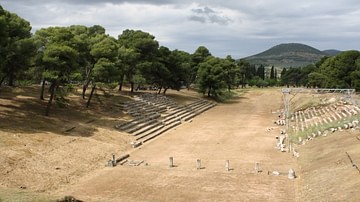
Definition
Stadium
In the ancient Greek world, the word stadium or stadion referred to a measurement of distance, a foot-race, and the place where the race was held and observed by spectators. The Great Games Greek sporting events were closely connected...
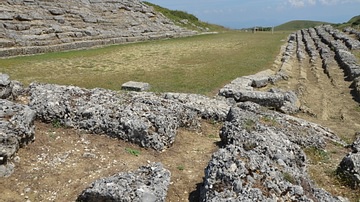
Image
Stadium of Amantia, Albania
The Stadium of Amantia was built in the 3rd century BCE. Its stone rows, set in the form of an extended horseshoe, followed a track 12.5m wide and about 60m long. It had 17 rows on one side and 8 on the other and could accommodate about 4000...
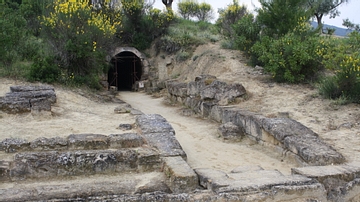
Image
Stadium Entrance Tunnel (East End), Nemea, Greece
Constructed in 330-320 BCE, the entrance to the stadium is mostly hidden from view from the spectators in the stadium and the athletes entrance would have been all the more dramatic.
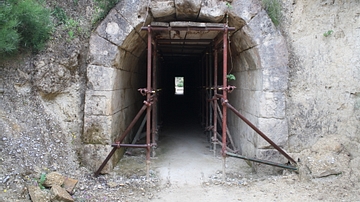
Image
Stadium Entrance, Nemea, Greece
This 36.5m long passageway, constructed in 330-320 BCE leads from the athletes locker room into the stadium and is the entrance through which the athletes would have first appeared to the waiting spectators.

Image
Stadium of Olympia
The stadium of Olympia (present form: 5th century BCE) with the starting line. The capacity at its maximum was 45,000.
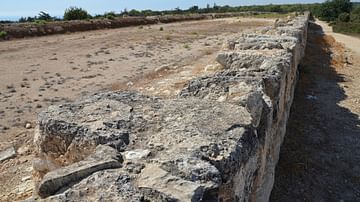
Image
Stadium of Kourion, Cyprus
The stadium of Kourion is located between the archaeological site of Kourion and the Sanctuary of Apollo Hylates in Cyprus. It was constructed during the reign of Emperor Antoninus Pius in the 2nd century CE and was used for the sports of...
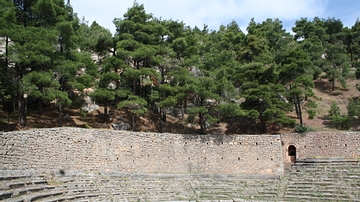
Image
Stadium of Delphi
A section of the semi-circular seats at the end of the stadium of Delphi. Such stone seats behind the starting line were a common Roman addition to Greek stadia, these being added at Delphi in the second century CE.
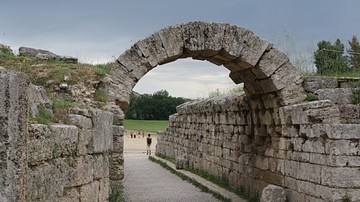
Image
Stadium Entrance, Olympia
The Krypte, which was the official entrance to the stadium of Olympia (200 BCE).
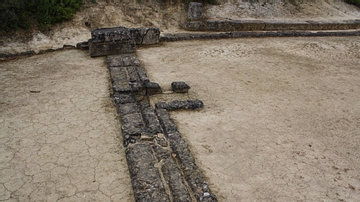
Image
Stadium Starting Block, Nemea, Greece
The starting line or 'balbis' consisted of 12 lanes with posts held in vertical sockets between which a catapult mechanism or 'hysplex' of tensed rope would prevent any athlete from false starting. A judge would simultaneously release the...

Image
Stadium of Epidaurus
The stadium (181 m long), built in the 4th century BCE, held athletic games every four years at the sanctuary of Asklepios, Epidaurus. Still visible are the starting pillars and a number of the stone benches for spectators.